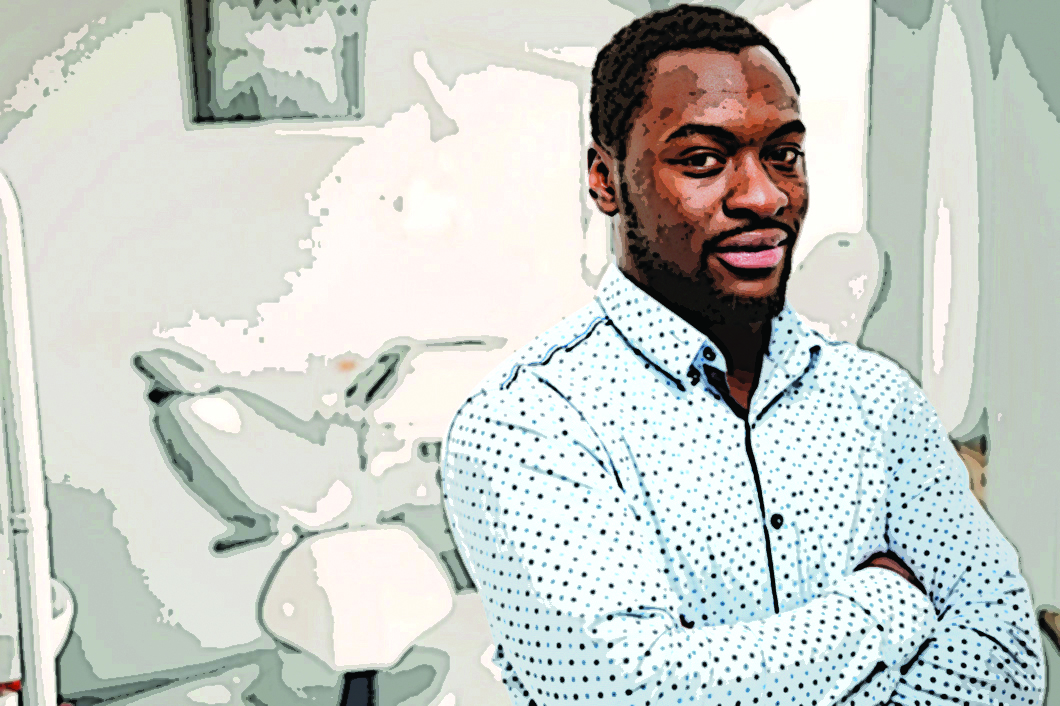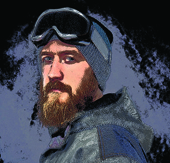
Who is Rovha?
Rovha, the soft-spoken dentist, with the smiling eyes. He seems to be a loner, mostly travelling on his own. He has climbed Kilimanjaro and completed the Camino de Santiago. You will mostly find him sitting in a quiet spot reading a book or newspaper.
It’s not over until you’re at the bottom
By Rozanna Scorgie-Spence
The second-last day of their hike was a very tiring day, and the intrepid hikers were only too happy to reach Lajuma Wilderness Camp for the night.
After a quick wash and a good meal, they settled down around the campfire. Taki remarked to Rovha, who was seated next to her, that all this climbing up and down the mountains must seem like child’s play to him after Mount Kilimanjaro.
“Well, yes … and no,” replied Rovha with a smile.
“What do you mean?” asked Taki.
Rovha saw this as the right time to tell the story behind his scars. So, after draining his coffee mug and seeing the interested faces of his fellow hikers, he cleared his throat and started his tale.
“As you know, I have successfully climbed Mount Kilimanjaro, or Kili, as it’s also known. But what you may not know is that I officially made it only on my second attempt,” he said.
“Pray tell more, dear sir,” said Lisa, now also very curious.
“About two years before I actually ‘conquered’ Kili,” he said, making quote marks in the air, “I was with a group of twenty hikers, plus our guides and all our porters. The group consisted of a mixed bunch, which included a retired school teacher, a scientist, a banker and even a professional soccer player. We took the Rongai route from the Kenyan side - the north side of the mountain - because this route is easier for beginners and has less traffic.”
“What do you mean by traffic?” asked Marelize.
“Other groups of hikers. Some routes such as the Marangu route, which is also known as the ‘Coca-cola’ route, are very popular and congested with tourists,” he explained. “Anyhow, we had a good climb. We crossed through different habitats, starting in the rain forest. You would appreciate the birdlife here, Zachary.”
“I am sure I would,” said Zachary with a big grin. “What animals did you see on the mountain?” he asked.
“Not that many, actually. The thick forest cover means that, although there are animals there, you don’t see them that easily. The only ones we saw were Colobus monkeys. At night, we heard bushbabies and we were told there were other nocturnal animals such as porcupines and civets also. The higher you go, the less vegetation there is for the animals to hide, but they nevertheless keep their distance from the humans passing through their territory.
“The second and third day saw us walking through the heath, and after that, we had two days of what they term ‘Alpine desert’. All very beautiful, each with its own character and its own challenges too. We took it slow and steady, so that our bodies could acclimatise to the thinner air as we went higher and higher,” Rovha said with a faraway look in his eyes as he recalled Africa’s highest mountain.
“Our guides took good care of us. The porters carried our bags, and by the time we got to camp each night, our tents were all pitched, ready for us and with a bowl of hot water to wash away the day’s dust. The helpings of cooked food were also generous, so there was no cause for complaint at all,” he mused.
“On this particular trip, we went during the new-moon phase, which meant there was minimal light to detract from the night sky, and the stars in the Milky Way were absolutely awesome.” As Rovha said this, everyone automatically looked up at the dark night sky and agreed that no city or suburban night could compare to the wonder above them.
“On the fourth day, Eric, a Swiss guy and his wife, Amelia, started showing symptoms of mountain sickness as they had been going at a faster pace than what the guides advised us to. Coming from the Alps, they felt that their bodies would acclimatise easily, but the fact is they had spent quite some time down at the coast on holiday before arriving at Kili. The guides sensibly would not allow them to continue, so they were helped back down to the base camp by a couple of porters,” said Rovha, shaking his head ruefully.
“Early on the sixth day, just after midnight, in fact, we made the final trek up to the summit. At Gilman’s Point, we were blessed with the most amazing sunrise you could ever imagine,” he smiled. “Our guides then urged us on, and about an hour later, we were standing on Uhuru Peak. The sense of accomplishment is something I will never forget,” he said quietly, though not as triumphantly as one would expect.
“So, you were successful then,” said Gerard, a puzzled look on his face. He couldn’t understand why Rovha appeared so subdued.
“Not quite…” said Rovha mysteriously. “We couldn’t stay on the summit for too long as we had to get back down to lower altitudes as quickly as possible to avoid mountain sickness, or to put it another way, to prevent any loss of brain cells from the lack of oxygen. So, after taking the customary photographs, we started on down. We took a different route though, using the Mweka route to descend.”
“Sorry to interrupt again, Rovha, but what kind of habitat do you find at the peak? Is it still Alpine desert?” asked Lisa.
“No. The habitat around Uhuru Peak is arctic in nature. Snow and ice mainly. But,” he added with a smile and gave a sly look at Marelize, “there are spiders up on the higher slopes.”
“You’ve got to be kidding!” exclaimed Marelize, sitting up straight in alarm. “How do they survive up there?”
“Not much is known about them. Apparently they live underground most of the time to avoid the harsh weather conditions, and it is thought that they survive on flies that are blown in,” he concluded, looking a bit apologetic.
“The first part of the descent was tricky,” he continued, “as we had to cross over scree, or small pebbles. It’s a bit like skiing, but without skis and snow. By using my hiking stick, I was able to manage without any incident. We stopped for lunch at Barafu camp and a chance to change out of our heavy snow clothes into something lighter,” he said. “After a good hour’s rest, we packed up and moved on. We had to get to base camp for the night at Mweka Camp.
“The terrain now became very rocky, and that’s when it happened.” He grimaced at the memory. “I don’t know if I was just too tired after twelve hours of hiking or if I looked up at the wrong moment, but the next thing I knew, I had hooked my foot on a rock and I was tumbling head over heels down the mountain,” he said to gasps of shock from his listeners.
“What happened to you?” asked a concerned Taki.
“I woke up in hospital with a cracked skull and a deep gash on my left leg that needed several stitches. The porters apparently got me down to the Mweka gate, using a type of three-pronged gurney. From there, so I am told, I was transported by ambulance to the Kilimanjaro Christian Medical Centre. The nurses were very caring and sympathetic about my plight. But I guess I wasn’t the first Kili patient they had treated.
“So, in conclusion,” he said to the now-quiet hikers, “a successful summit is only recorded if you make it up to the top and back down again on your own two feet, which I didn’t do,” he laughed. “And that’s how I got my scars,” said Rovha as he rolled up the leg of his jeans to reveal a long scar from his ankle almost to his knee. “This, and a much-bruised ego!”
“Well,” said Taki, shaking her head and laughing, “both your leg and your ego seem to have recovered quite well if you were prepared to do it again two years later…”
Meet the adventurers:
 |
Our narratorMarelize (27) is the narrator of the story. She is a seasoned traveller and has visited countries in Europe and the USA. |
|
Rovha is a soft-spoken dentist with smiling eyes. He is a loner and can often be found in a quiet corner reading a book or newspaper. |
 |
 |
Gerard is a Dutch adventure tourist. At 66 he has retired from the university he has been teaching at. He now spends his time travelling. |
|
Zachary (39) is a geologist. His insatiable thirst for adventure has taken him on many dangerous trails and earned him the title of Bear Grylls. |
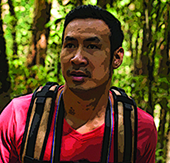 |
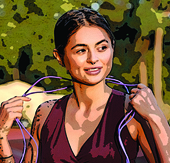 |
Lee (28) has never let her neurological disorder become a disablity. Although physically strong, she has a emotional scar she hides well. |
|
Emma is a 37-year-old award-winning journalist who is currently working for a local newspaper but aspires to be a war photographer. |
 |
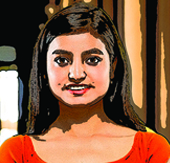 |
Shabnim's small stature may be deceiving but at age 42, she is a tough adventurer and a well-respected lecturer at a local university. |
|
Adrian is a boisterous character who enjoys controlling the conversation. He usually leads the pack and shares his expertise freely. |
|
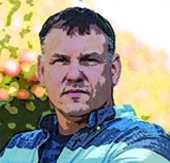 |
With a military background, Gerrit (55) was a captain in the old South African Army. He has seen the horrors of war and still runs from it. |
|
For the vibrant and energetic 25-year-old Takalani (Taki) nursing has always been |
 |
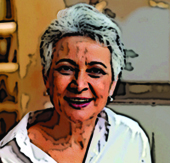 |
Lisa (53) is the mother of two grown daughters and the wife of a wealthy CEO who travels a lot. Lisa has taken up hiking to fill her days. |





